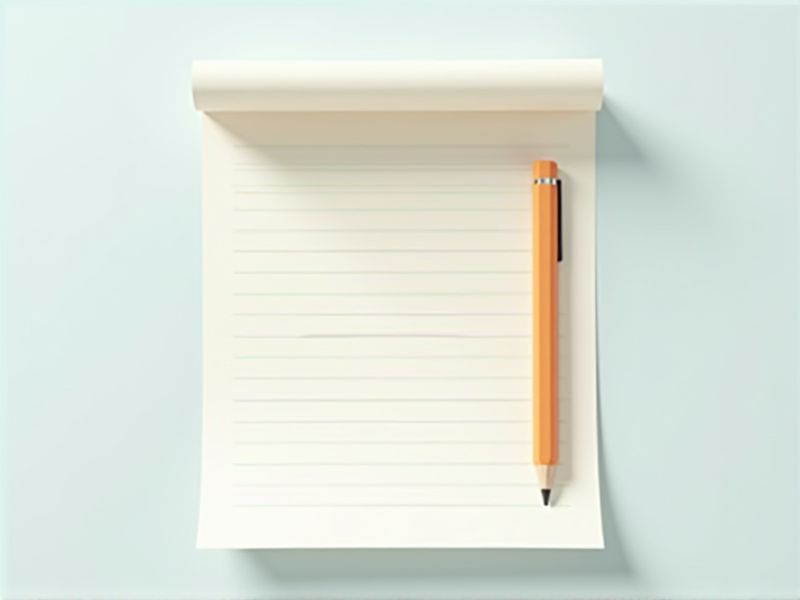
Writing a well-structured letter is essential for clear communication, whether for professional or personal purposes. Understanding the correct letter format helps you present your message effectively and leaves a positive impression on the reader. Key elements include the sender's address, date, recipient's address, salutation, body, closing, and signature. Each part should be concise and appropriately aligned to maintain readability and formality. For practical guidance, check out the various letter templates available in this article.
Samples of letter format for writing
Professional Letter Format For Writing
Formal Letter Format For Business Correspondence
Personal Letter Format For Friendly Communication
Cover Letter Format For Job Applications
Resignation Letter Format For Employment Termination
Thank You Letter Format For Expressing Gratitude
Complaint Letter Format For Addressing Issues
Inquiry Letter Format For Seeking Information
Recommendation Letter Format For Endorsing Someone
Apology Letter Format For Making Amends
Acceptance Letter Format For Confirming Invitations
Proposal Letter Format For Pitching Ideas
Inquiry Letter Format For Requesting Quotes
Notification Letter Format For Announcing Updates
Event Invitation Letter Format For Gatherings
Letter Of Intent Format For Expressing Interest
Farewell Letter Format For Saying Goodbye
Circular Letter Format For Distributing Information
Statement Letter Format For Clarifying Positions
Memo Letter Format For Internal Communication
Important Things to Know when Writing Letter Format For Writing
Heading And Date Placement
When formatting a letter, the heading typically includes your address at the top, followed by the date aligned to the right or left margin, depending on the chosen style. This placement helps establish context and provides the recipient with a clear reference point for the correspondence. Your name can be added below the address for clarity, especially in formal letters. Ensuring this section is neat and correctly formatted conveys professionalism and attention to detail.
Proper Salutation And Greeting
A proper salutation and greeting set the tone for your letter and convey respect to the recipient. Start with a respectful title followed by the person's name, ensuring you use the correct form of address, such as "Mr.," "Ms.," or "Dr." If the recipient's gender is unknown, it's appropriate to use their full name. Including a comma or colon after the salutation is standard in formal letters, while a casual letter might simply use a comma.
Clear And Concise Body Structure
A clear and concise body structure in letter writing is essential for effective communication. This involves organizing your thoughts logically, with each paragraph focusing on a single idea or topic. Use straightforward language and avoid unnecessary jargon to ensure your message is easily understood. By maintaining clarity and brevity, you can engage your reader and convey your purpose without confusion.
Appropriate Closing And Signature
An appropriate closing in a letter reinforces the tone and intent of your message, ensuring clarity in your communication. Common closings like "Sincerely," "Best regards," or "Yours faithfully" can convey professionalism and establish a respectful distance, while more casual options such as "Cheers" or "Take care" suit informal correspondences. Following the closing, your signature should be placed a few lines beneath it, providing a personalized touch to your letter. If you're sending a digital version, including a scanned signature can enhance authenticity, while typing your name suffices for many contexts.
Correct Use Of Margins And Spacing
Correct use of margins and spacing in letter format is essential for readability and professionalism. Standard margins typically range from 1 inch to 1.5 inches on all sides, ensuring the content is well-framed within the page layout. Proper line spacing, usually set at single or 1.5 lines, enhances clarity and makes it easier for the reader to follow your message. Your choice of formatting can significantly impact how your letter is perceived, reflecting attention to detail and respect for the recipient.
